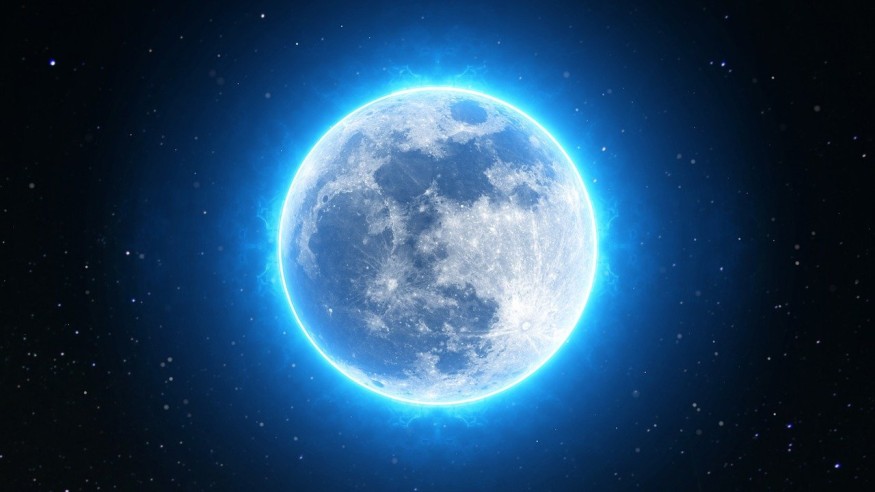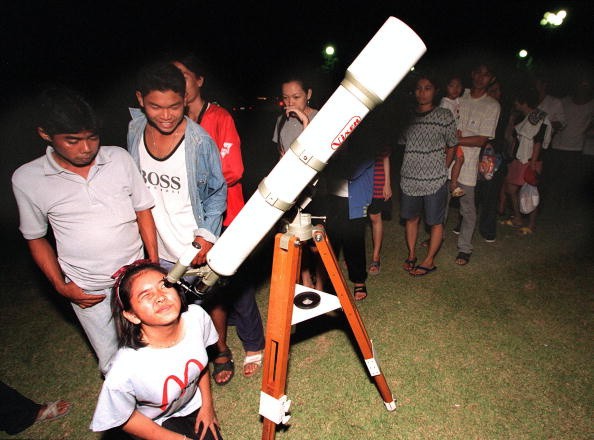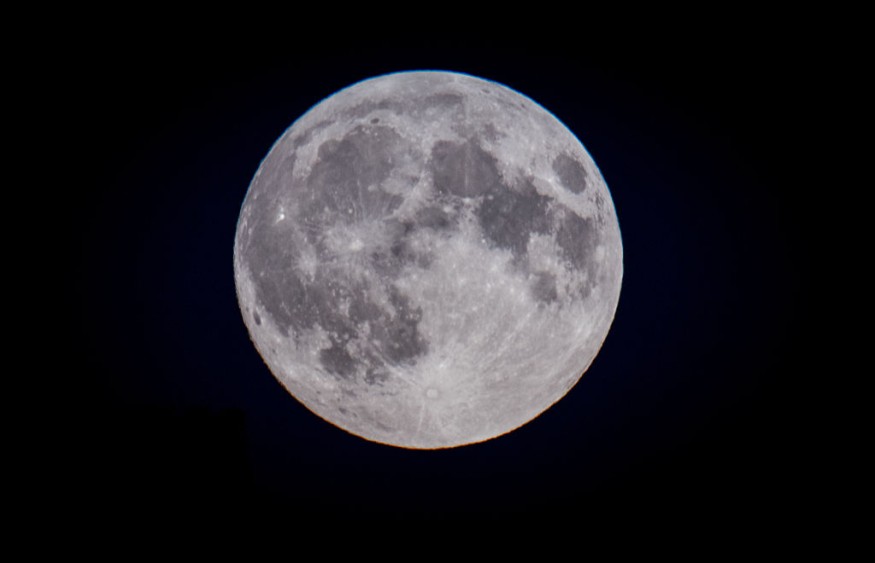In the Northern Hemisphere, the evenings around the December solstice are the longest of the year, and this year, the nights leading up to the start of astronomical winter will be a little brighter than usual.

Only three nights remain until the winter solstice, which happens at 10:59 a.m. on Dec. 21. The sky will be illuminated by the full moon at 1 a.m. EST.
December Full Moon
In December, the full moon has earned several nicknames throughout the years, many of which refer to the frigid weather that begins to settle across North America as winter approaches.
According to the Old Farmer's Almanac, the Full Cold Moon is one of the most common nicknames. The Old Farmer's Almanac said on its website that "this is the month when the winter cold tightens its grasp and the evenings become long and gloomy."
The Little Spirit Moon, the Long Night Moon, the Winter Maker Moon, and the Hoar Frost Moon are some of the other names for the full moon in December.
Read also: Total Solar Eclipse, Christmas Comet: More Celestial Events to Watch Out This December 2021
Shining Bright

The full moon on Saturday night will be only one of numerous astronomical phenomena visible in the sky this weekend.
After sunset, Venus, Saturn, and Jupiter radiate in a line across the southwestern sky, providing extra opportunities to observe the planets with or without a telescope.
Following the Geminid meteor shower, which peaked on Dec. 13, and before the impending Ursid meteor shower, which peaks on Dec. 21, a few stray shooting stars were also visible this weekend.
Next Full Moon
The next full moon will rise on Jan. 17, 2022, and this moon is known as the Freeze Moon and the Frost Exploding Moon because of its weather-related nicknames.
Related Article : 430-Foot Asteroid to Pass by Earth Next Week, But Experts Claim There's No Need to Worry
Full Moons in History
Full moons are one of the most spectacular spectacles in the night sky and have inspired poets, painters, and lovers for millennia. Every month, the Earth's moon cycles through its phases, fading and waxing as it moves from new moon to full moon and again. The moon rotates to the side of Earth squarely opposite the sun every 29.5 days or thereabouts, reflecting the sun's rays off its entire face and appearing as a dazzling, perfectly round disk.
Many Names

Humans have utilized the movement of the moon to keep track of the passing year and establish hunting, planting, and harvesting timetables for millennia. The activity of the flora, animals, and weather throughout that month inspired ancient societies worldwide to call these full moons.
In many ancient societies, full moons were given names. Harvest Moon, Strawberry Moon, and Snow Moon are examples of modern Full Moon names representing the changing seasons and environment.
For more Space news, don't forget to follow Nature World News!
© 2025 NatureWorldNews.com All rights reserved. Do not reproduce without permission.





